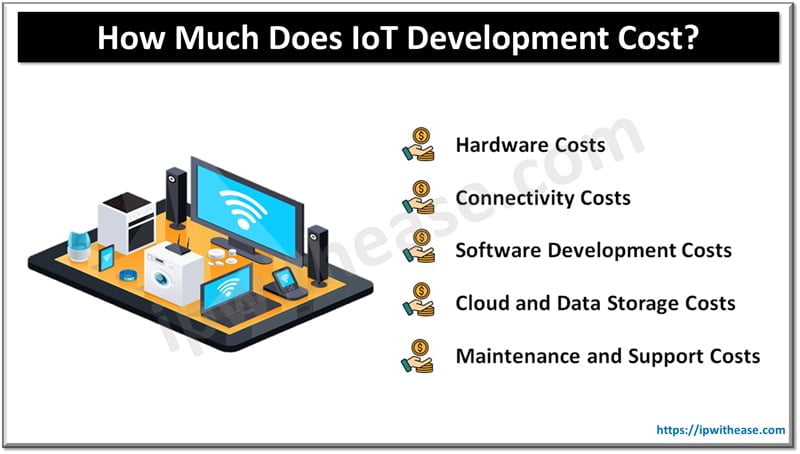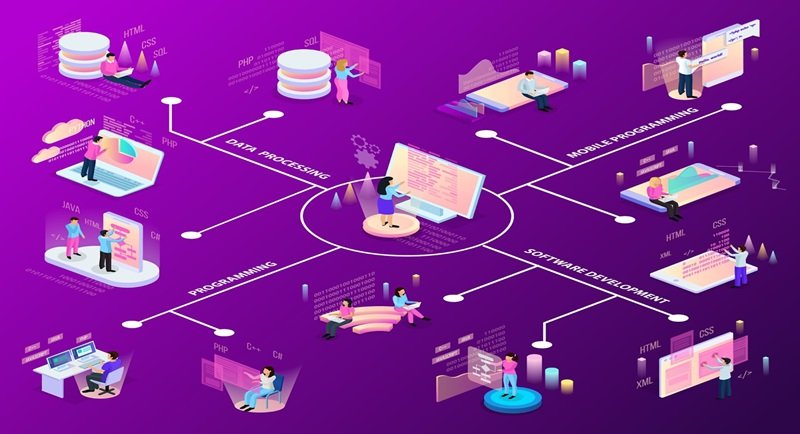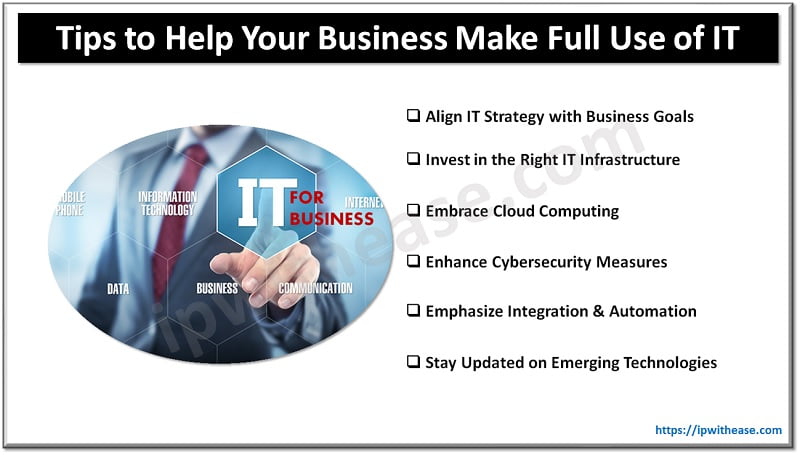Table of Contents
The Internet of Things (IoT) is revolutionizing industries by enabling smarter operations, enhancing productivity, and creating new revenue streams. However, embarking on an IoT project can be a daunting task, especially when it comes to budgeting. Understanding the cost of custom IoT development services is crucial for businesses to make informed decisions and avoid financial pitfalls. In this blog post, we’ll dive deep into the various factors that influence the IoT app development cost, provide useful tips, and offer insights backed by examples and studies.
Understanding IoT Development Cost
IoT technology is developing steeply conquering a bigger number of industries every year. According to Precedence Research, the market share of the IoT industry will increase by 22.68% between 2024 and 2033. Such a rapid development pace stimulates higher rivalry making companies cost-sensitive by rushing for faster IoT projects time-to-market period. How to estimate the realistic bulk budget size for your project and roll out it in time?
There are some cost variables, which is not possible to avoid. The first variable to eat money is the scope and complexity of the project. Complex solutions will consume more resources such as time and money. The next expense item flowing out of the project scope is the development team size required. The more complicated or distributed the project the larger the squad would be involved in development.
The timeframe is also a cost-driven variable as there is a minimal estimated time to start and finish every IoT project step. These variables are not the only factor affecting the level of expenditure. To grasp the full scale of future funding and calculate the budget correctly consider the following basic factors that significantly impact the cost of development and deployment of any IoT solution.

Key Factors Influencing IoT Development Cost
1. Hardware Costs
The hardware component is one of the primary cost drivers in IoT development. This includes sensors, actuators, microcontrollers, and connectivity modules. The cost can vary based on:
- Type of Sensors: Different sensors (temperature, humidity, motion, etc.) have varying costs.
- Quality and Durability: Industrial-grade sensors are more expensive than consumer-grade ones.
- Volume: Bulk purchasing can reduce per-unit costs.
2. Connectivity Costs
IoT devices need to communicate with each other and the cloud. The choice of connectivity can impact the cost:
- Wi-Fi: Common for home automation but limited in range.
- Bluetooth: Suitable for short-range communication.
- Cellular: Best for wide-area coverage but incurs data plan costs.
- LPWAN: Low-power wide-area networks like LoRa and Sigfox are cost-effective for long-range communication but may have higher initial setup costs.
3. Software Development Costs
The software aspect involves both the embedded software in the devices and the application software that manages the IoT ecosystem. Costs can be influenced by:
- Complexity: More complex applications require more development time and resources.
- Security Features: Ensuring robust security measures can add to the development cost.
- Integration: Integrating with existing systems and third-party services can be time-consuming and expensive.
4. Cloud and Data Storage Costs
IoT devices generate vast amounts of data that need to be stored and processed. Cloud services like AWS, Azure, and Google Cloud offer scalable solutions but come at a cost:
- Data Storage: Costs depend on the volume of data and the storage duration.
- Data Processing: Analyzing and processing data in real-time can incur additional costs.
5. Maintenance and Support Costs
Ongoing maintenance and support are crucial to ensure the smooth functioning of Internet of Things systems. This includes:
- Firmware Updates: Regular updates to fix bugs and add new features.
- Technical Support: Assisting users and troubleshooting issues.
- Scalability: Ensuring the system can scale as the number of connected devices grows.

Related: Difference between M2M and IoT Explained
Tips for Reducing IoT Development Costs
Efficient cost planning and allocation can be the first steps to save money when implementing IoT. But how to minimize unpredictable expenditures when the project has already started? By implementing these strategies, you can significantly reduce the overall cost of IoT project development at any stage while maintaining quality and productivity.
- Clear Project Requirements: determine the aims and requirements of the IoT project to avoid scope sprawl. Try the Minimum Viable Product (MVP) approach to verify the core functionality before scaling up.
- Choose the Right Technology Stack: apply open-source IoT platforms and tools to reduce licensing fees and design a scalable architecture that can grow with your needs not requiring a complete overhaul.
- Pre-built Modules: give preference to pre-built hardware modules and software libraries instead of developing from scratch.
- Optimize Hardware Expenses: choose cost-effective, reliable hardware components that meet your requirements without unnecessary features. Use rapid prototyping techniques to refine hardware design, diminishing waste and rework.
- Outsource Wisely: outsource specialized tasks like hardware design, firmware, or software development to experienced vendors. Employ third-party services for non-core functionalities such as data analysis or cloud handling.
- Consider Long-Term EXpenditures: design architecture ready for easy maintenance and updates to avoid long-term support spending. Ensure the system is flexible enough to adapt to future technological updates.
Conclusion
Understanding the IoT development cost is essential for businesses looking to implement IoT solutions. By considering the factors discussed and following the tips provided, companies can manage their budgets effectively and ensure a successful IoT deployment. As the IoT landscape continues to evolve, staying informed and adaptable will be key to reaping the full benefits of this transformative technology.
Investing in IoT can be a game-changer for your business. With careful planning and strategic execution, you can harness the power of IoT to drive growth and innovation. If you’re ready to take the plunge into the world of IoT, now is the time to start exploring your options and making informed decisions about your IoT app development cost.
ABOUT THE AUTHOR
IPwithease is aimed at sharing knowledge across varied domains like Network, Security, Virtualization, Software, Wireless, etc.



